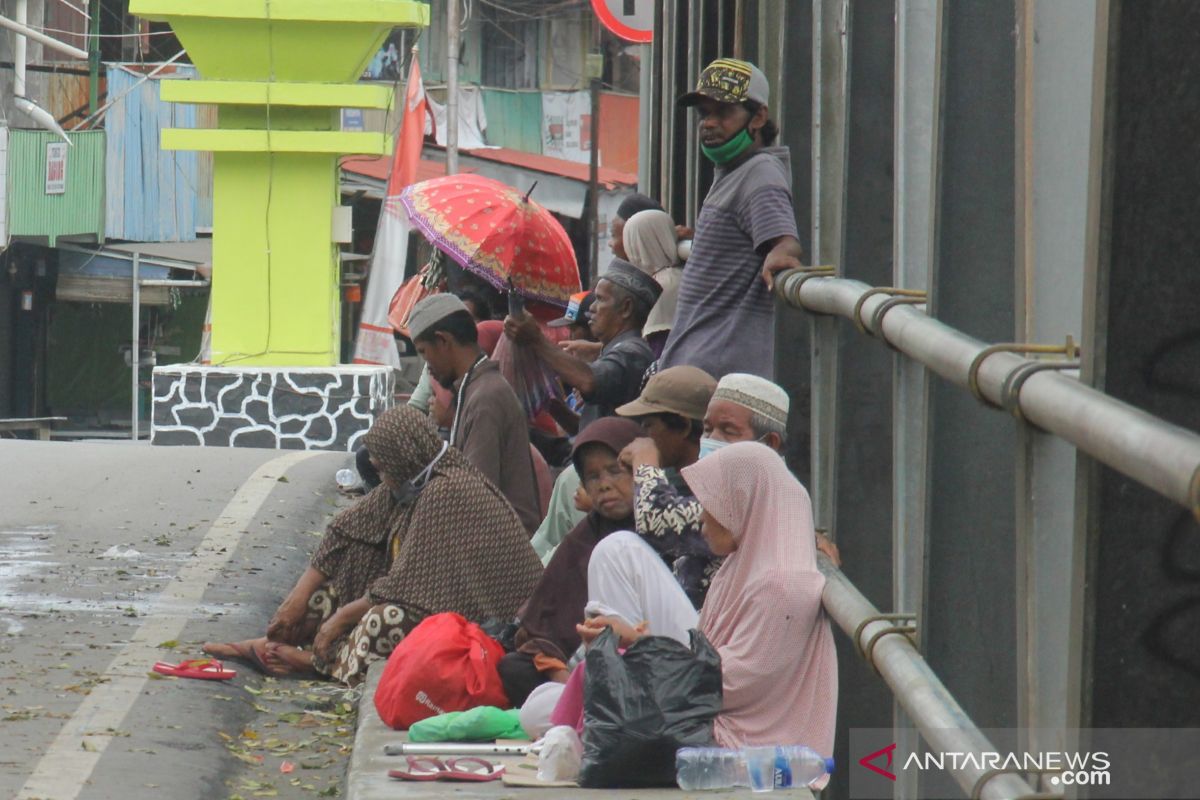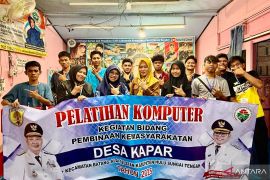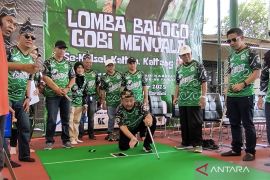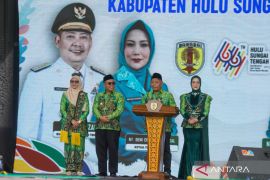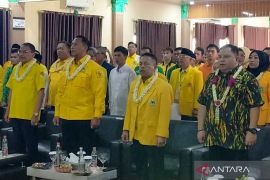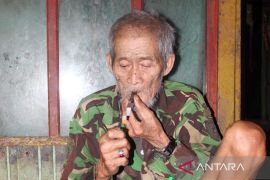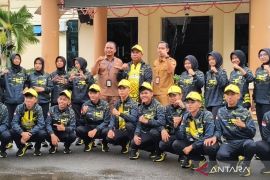Barabai, S Kalimantan (ANTARA) - Central Hulu Sungai (HST) District still ranks 3rd in the highest poverty rate out of 13 districts and cities in South Kalimantan Province.
The HST Central Statistics Agency's data showed in 2020 there were 16.090 people or about 5,93 percent of its 272,149 population who were in the poverty line.
Efforts to reduce the poverty rate only move around 0.08 percent from the previous year which was around 6.01 percent. Although decreasing, it is relatively small.
The highest level of poverty in the province is still occupied by North Hulu Sungai (HSU), namely 15,398 people or 6.73 percent, followed by Tabalong 15,222 people or 6.01 percent.
While the lowest poverty percentage was in Banjar District only 2.72 percent. Then Tapin District and Banjarmasin City respectively 3.41 percent and 4.00 percent.
Seeing from its population, HST is included the most densely populated in South Kalimantan with 154 people foreach square kilometer with an average population growth rate of 1.38 percent per year.
Head of HST Development Planning, Research and Development (Bappellitbangda) Ir H Ahmad Syahriani Effendi at a presentation of the 2022-2026 Mid-Term Development Planning (RPJM), Wednesday (Jan 6, 2021) in Barabai said there were several main problems need a common concern regarding the quality of human resources in HST.
HST's HDI of 68.8 percent is ranked 9th in South Kalimantan, but continue to increase every year.
"The number of unemployed people (job seekers) is still quite high and is ranked 5th in Banua Six (the six districts in upstream area)," he said.
He said that the root of the problem of not yet optimal quality of human resources which causes poverty is still low access to proper housing, low access to sanitation, low access to drink water, social minimum service standards have not been achieved (not all people having community and social problems received social protection) and high pre-prosperous family.


